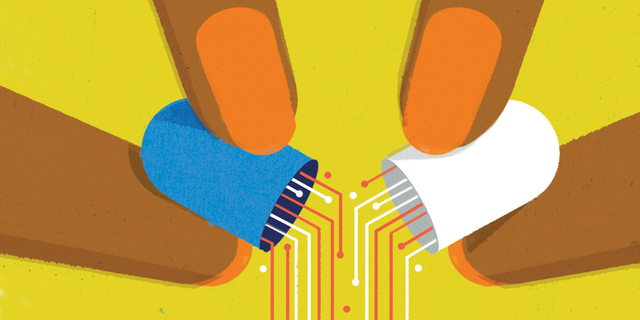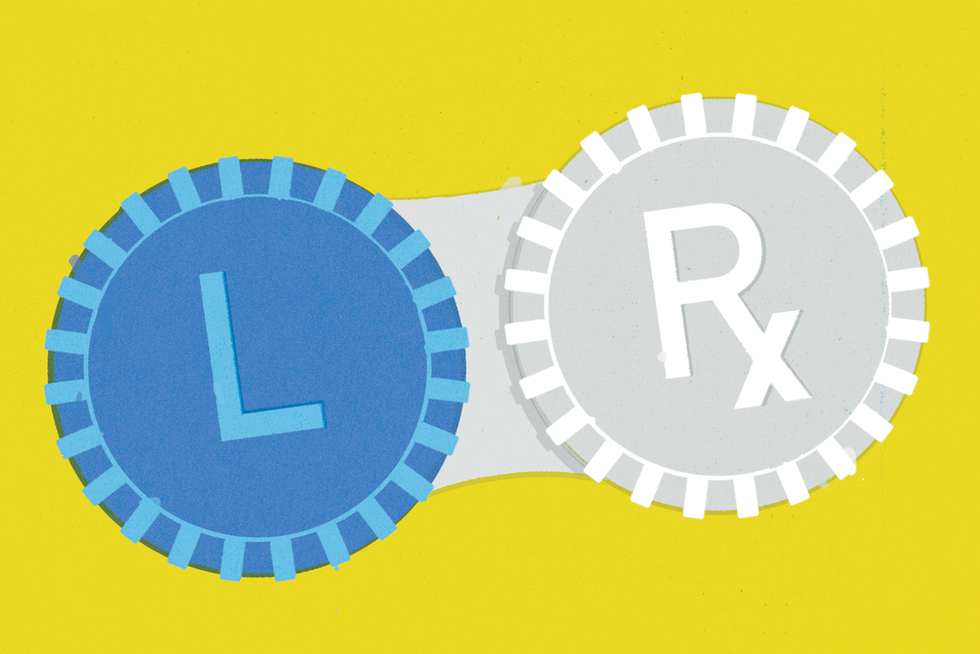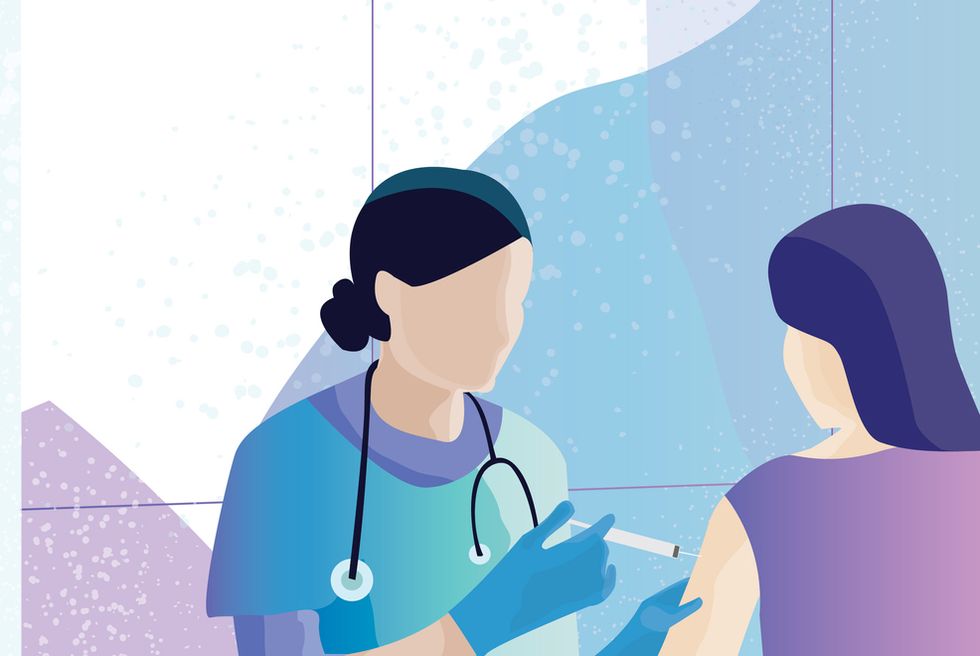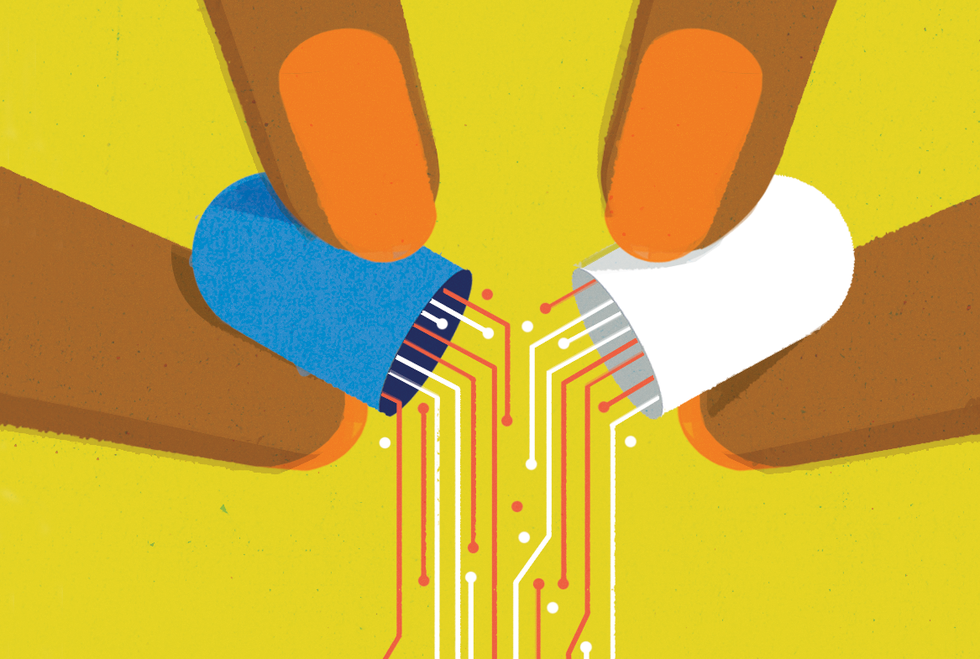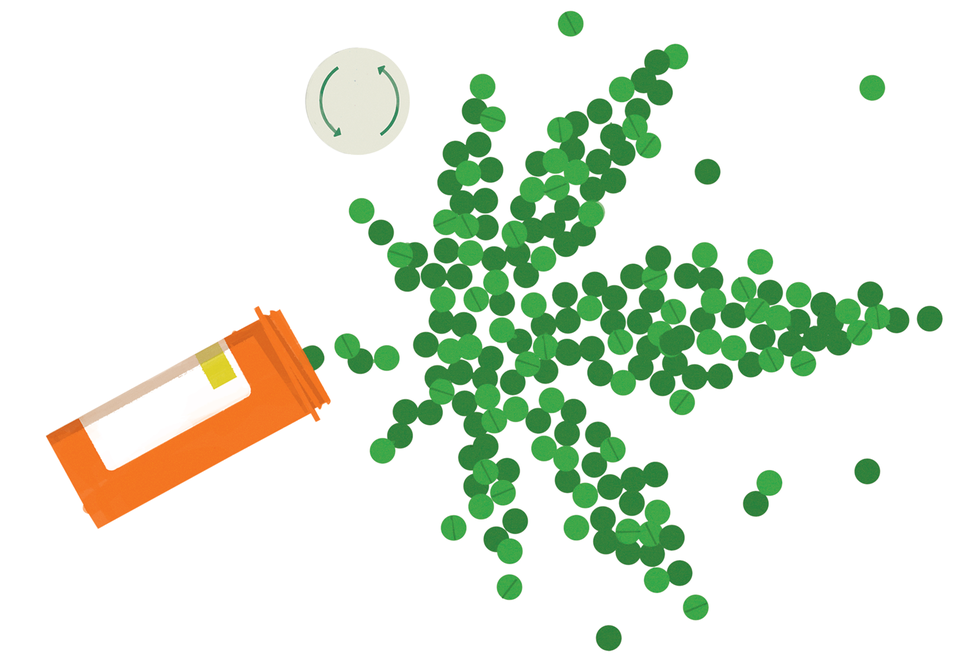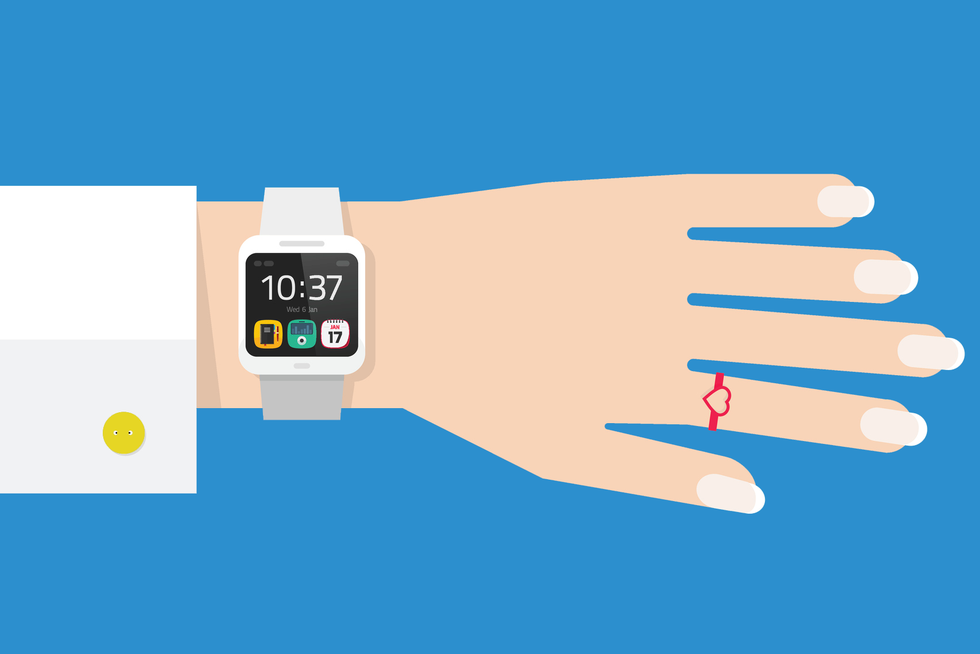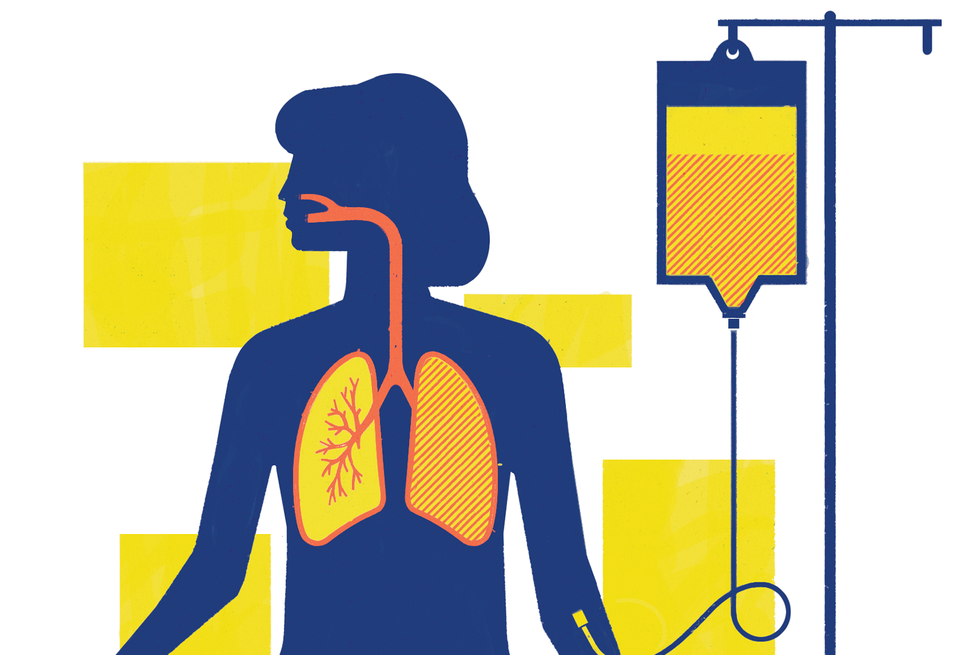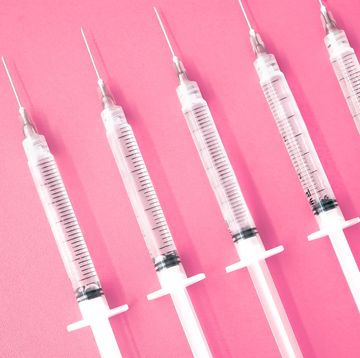The 10 Most Incredible Medical Breakthroughs of 2018
From medical drones to the first FDA-approved cannabis drug, innovative research continues to transform the future of health care.
In a tech-obsessed world, it’s only natural to ponder all the ways technology might actually be damaging your health. Is social media a trigger for depression? Could your cell phone start a fire while you sleep? Can reading a computer screen all day ruin your vision? It’s easy to get caught up in that downward spiral of thinking.
However, nestled in between all the negatives is an incredible world of positives. Technology only continues to advance in ways that can completely transform the future of health care. Just last year, scientists made progress in learning how to regenerate body parts, detect pancreatic cancer earlier, and relieve pain via virtual reality, Prevention reported.
This past year has proven to be an equally exciting time for innovative research. Here, some of the most striking medical breakthroughs of 2018 that have the potential to change your life.
Watch Next

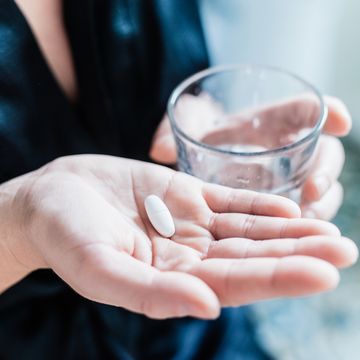
The Perfect Time to Take Calcium

10 Ways to Support Healthy Bones

7 Things No One Tells You About Osteoporosis

How Melissa Gilbert Stays Young at 59
